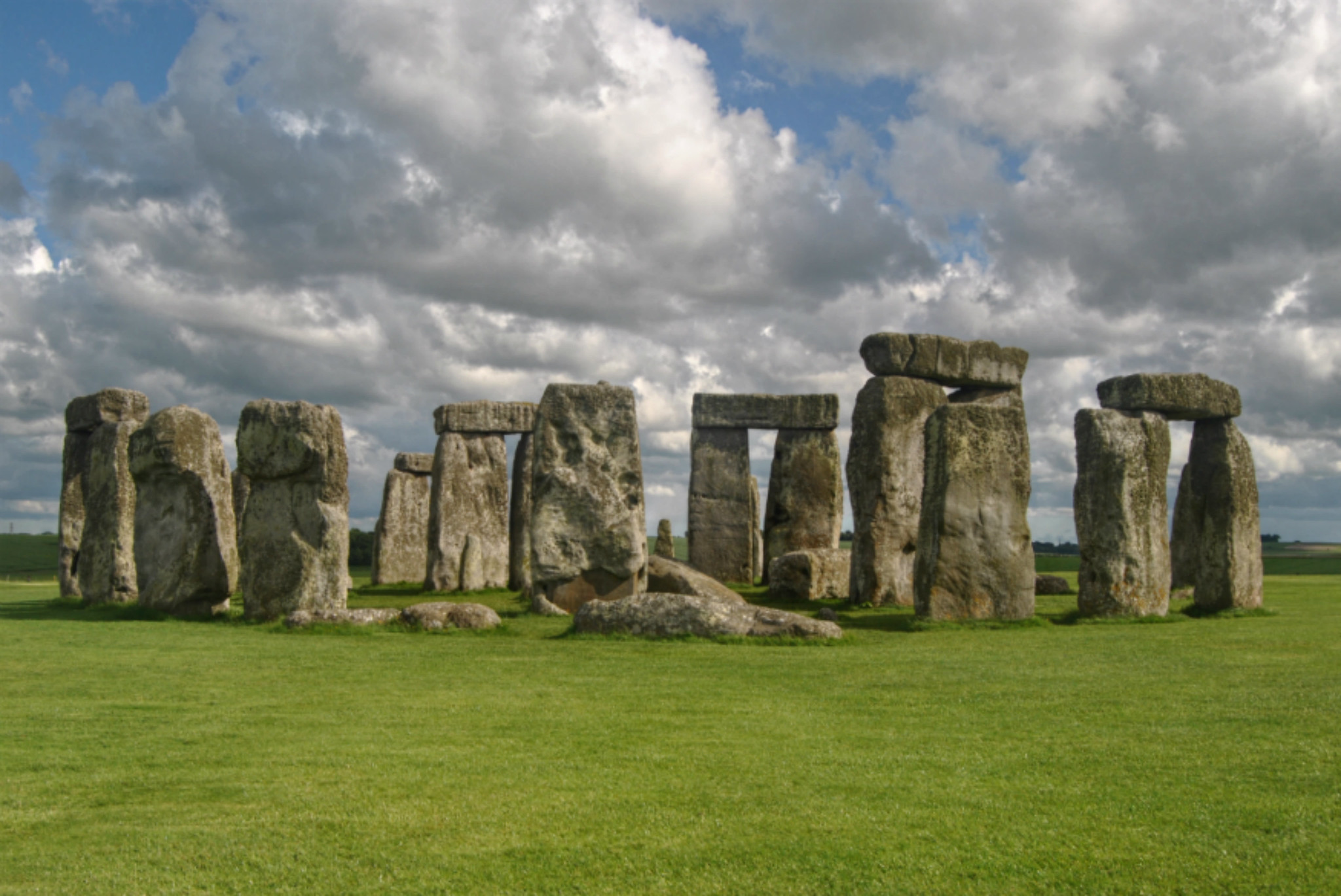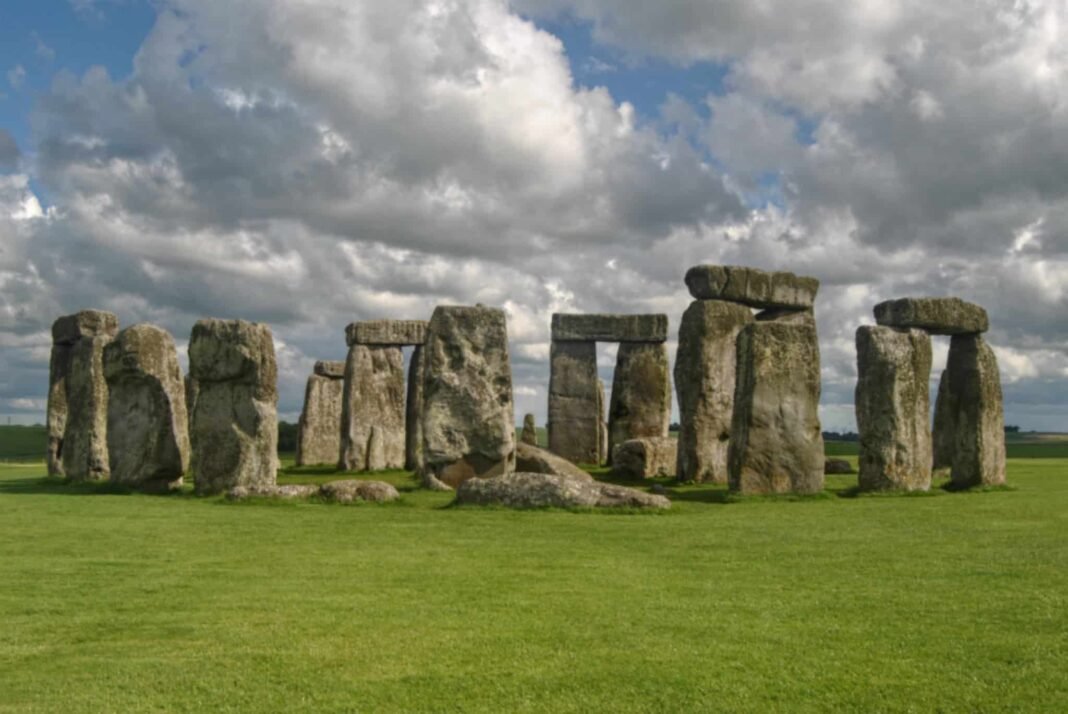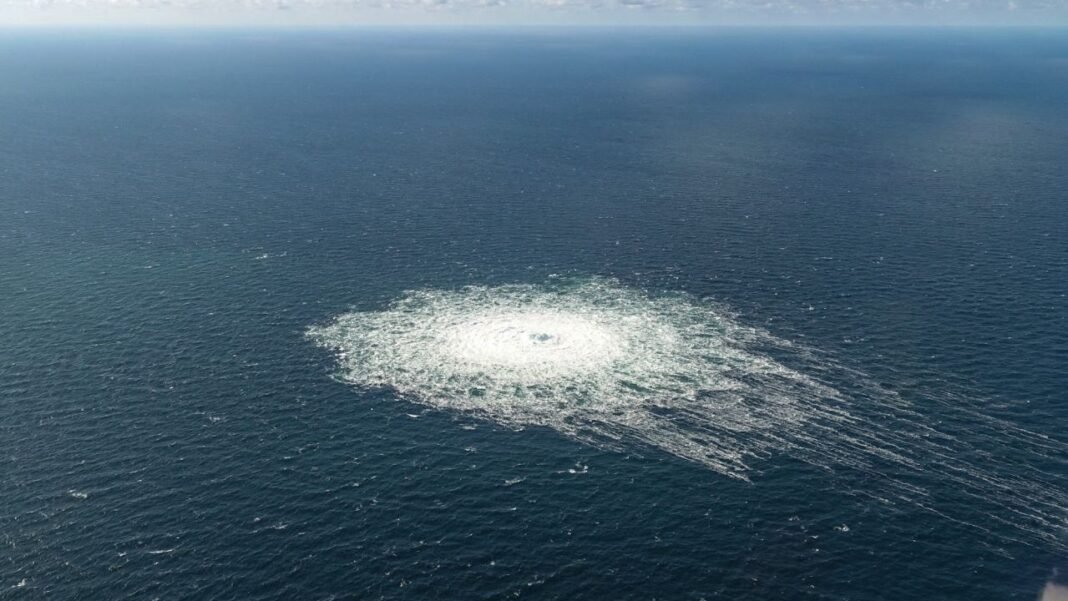
A recent scientific breakthrough has shed new light on the long-standing Stonehenge mystery, with researchers uncovering crucial information from an ancient cow’s tooth found at the historic site.
The tooth, part of a cow’s jawbone, discovered near the southern entrance of Stonehenge in 1924, dates back to between 2995 and 2900 B.C. For decades, the find remained a curiosity; however, new analysis has now revealed details that tie the animal’s origins to southwest Wales—home to the same type of rock used in Stonehenge’s iconic bluestones.
The cow’s tooth, once overlooked, has become a key piece of evidence in understanding the monument’s construction and the potential role of livestock in transporting materials.
Researchers from the British Geological Survey, Cardiff University, and University College London conducted advanced isotope testing on the tooth’s third molar.
The analysis focused on lead and strontium isotopes, which provided insight into the animal’s diet, the geology of the region it lived in, and its movement before arriving at Stonehenge.
Isotope analysis connects cow to Wales
The study revealed seasonal lead spikes in the tooth, particularly during late winter and early spring.
This shift indicated that the animal had absorbed lead from a much older geological source than the one found in the rest of the tooth—most likely from Palaeozoic rock formations. These formations match those in Wales, where the Stonehenge bluestones are believed to have originated.
Cutting-edge analysis of a Neolithic cow tooth dating back to the construction of Stonehenge provides evidence of Welsh origins.
This is the first time that scientists have seen evidence linking cattle remains from Stonehenge to Wales.https://t.co/uM3YVZvXGv pic.twitter.com/OBw491TNqM
— British Geological Survey (@BritGeoSurvey) August 20, 2025
According to the research team, this is the first direct evidence linking cattle remains at Stonehenge to Wales. The finding reinforces theories that cattle may have been part of the labor process in hauling the monument’s massive stones across considerable distances.
Further investigation uncovered a secondary clue. The presence of stored lead in the tooth was likely due to stress-induced changes in the cow’s body, specifically the remobilization of lead from bones during pregnancy. This led scientists to conclude the animal was most likely female.
Researchers highlight the tooth’s broader significance
Jane Evans, a geochemist and honorary research associate at the British Geological Survey, said that even a small section of the cow’s tooth was able to reveal a detailed story about its origins and journey. She added that with further technological advancements, more information may still be unlocked from this specimen.
Michael Parker Pearson, professor of British later prehistory at University College London, emphasized the importance of the finding. He said the evidence strengthens the link between Stonehenge and Wales and raises the possibility that cattle played a physical role in moving the stones.
Richard Madgwick, professor of archaeological science at Cardiff University, said the research offered an unusually personal view into ancient history. He noted that while grand historical narratives often dominate archaeological research, this study focused on the life of a single animal, adding a new and intimate layer to the story of Stonehenge.
The full study was published earlier this month. It offers detailed insight into how isotopes in the cow’s tooth reflect the regions it traveled through and the stress it may have experienced.
With the cow’s tooth now offering a rare and tangible connection between Stonehenge and southwest Wales, researchers are one step closer to solving a mystery that has captivated scholars for centuries.


